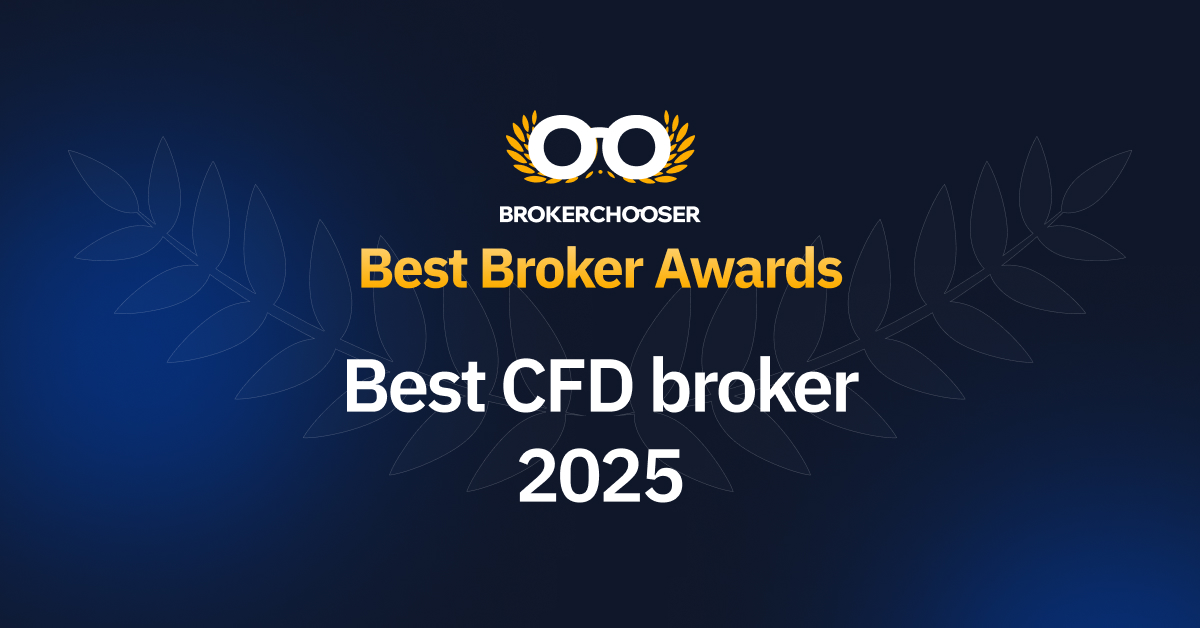
Understanding the Best CFD Trading
Contracts for Difference (CFDs) have revolutionized the trading landscape, allowing traders to speculate on the price movements of various assets without actually owning the underlying asset. The allure of high leverage, the ability to go long or short, and access to a diverse range of financial instruments make CFD trading an attractive option for many. But what is the best CFD trading approach? In this article, we will explore the best practices, platforms, and strategies that will help you make the most of your CFD trading journey. For an in-depth look into the top platforms, check out what is best cfd trading platform https://bestbrokercfd.com/.
What Are CFDs?
Before diving into the specifics of “best CFD trading,” it’s essential to understand what CFDs are. A CFD is a financial derivative that allows you to trade on the price movement of an asset, such as stocks, commodities, forex, or indices, without having to own the asset itself. With CFDs, you enter into a contract with a broker to exchange the difference in the price of an asset from the time the contract is opened to when it is closed.
Key Features of CFDs
- Leverage: One of the primary advantages of CFD trading is the availability of leverage, which enables traders to control larger positions with a smaller amount of capital. While this can amplify profits, it can also increase potential losses.
- Short Selling: CFDs allow traders to profit from falling markets by selling or shorting assets without needing to own them.
- Diverse Range of Assets: Traders can access a variety of markets, including stocks, commodities, indices, and cryptocurrencies.
- Flexible Trading Hours: Unlike traditional markets with set trading hours, many CFD markets trade around the clock.
Choosing the Best CFD Trading Platform
Selecting the right trading platform is crucial for any CFD trader. Not all platforms are created equal, and the best CFD trading platform depends on individual needs and preferences. Here are some factors to consider when selecting a platform:
User Interface
A user-friendly interface is essential for smooth trading. Look for platforms that offer intuitive navigation, customizable layouts, and easy access to trading tools.
Fees and Commissions
Different platforms have varied fee structures. Understanding spreads, commissions, and overnight fees can significantly affect profitability. Always choose a platform that is transparent about its pricing.
Range of Available Markets
If you are interested in trading multiple assets, ensure the platform provides a wide selection of markets, including everything from stocks to forex and cryptocurrencies.
Regulation and Security
Choose a regulated broker to ensure your funds and personal data are secure. Regulatory bodies enforce standards and practices that protect traders.
Customer Support
Reliable customer support can save you from significant trading losses. Check the available support channels (email, live chat, phone) and their operating hours.
Best CFD Trading Strategies

Implementing a solid trading strategy is vital for success in CFD trading. While each trader’s strategy may differ, several effective approaches can enhance the potential for profitability.
Trend Following
Trend following is a common strategy where traders capitalize on the upward or downward direction of an asset’s price. Identifying trends early can lead to profitable trades. Tools such as moving averages and trend lines can assist in recognizing potential trends.
Scalping
Scalping involves making numerous trades throughout the day to capitalize on small price movements. While this requires diligence, many traders find it effective for generating consistent, albeit smaller, profits.
Range Trading
Range trading is based on the idea that prices will often trade within a specific range. Traders identify support and resistance levels and execute trades accordingly.
Risk Management in CFD Trading
Effective risk management is crucial in CFD trading, especially given the potential for significant losses due to leverage. Here are some best practices for managing risk:
Use Stop-Loss Orders
Stop-loss orders are essential tools that automatically close positions at a predetermined loss level, helping to mitigate risk.
Limit Your Leverage
While leverage can amplify profits, using excessive leverage can also lead to substantial losses. Be mindful of your leverage levels to maintain control over your risk exposure.
Diversification
Diversifying your portfolio by trading different assets can reduce overall risk, as losses in one area may be offset by gains in another.
Final Thoughts
CFD trading offers unique advantages, making it an appealing option for both new and experienced traders. By understanding risk management and employing effective strategies, traders can navigate the complexities of this market. Remember to choose a reliable trading platform and continually educate yourself to refine your trading skills. With diligence and the right approach, you can effectively leverage the potential of CFD trading to achieve your financial goals.